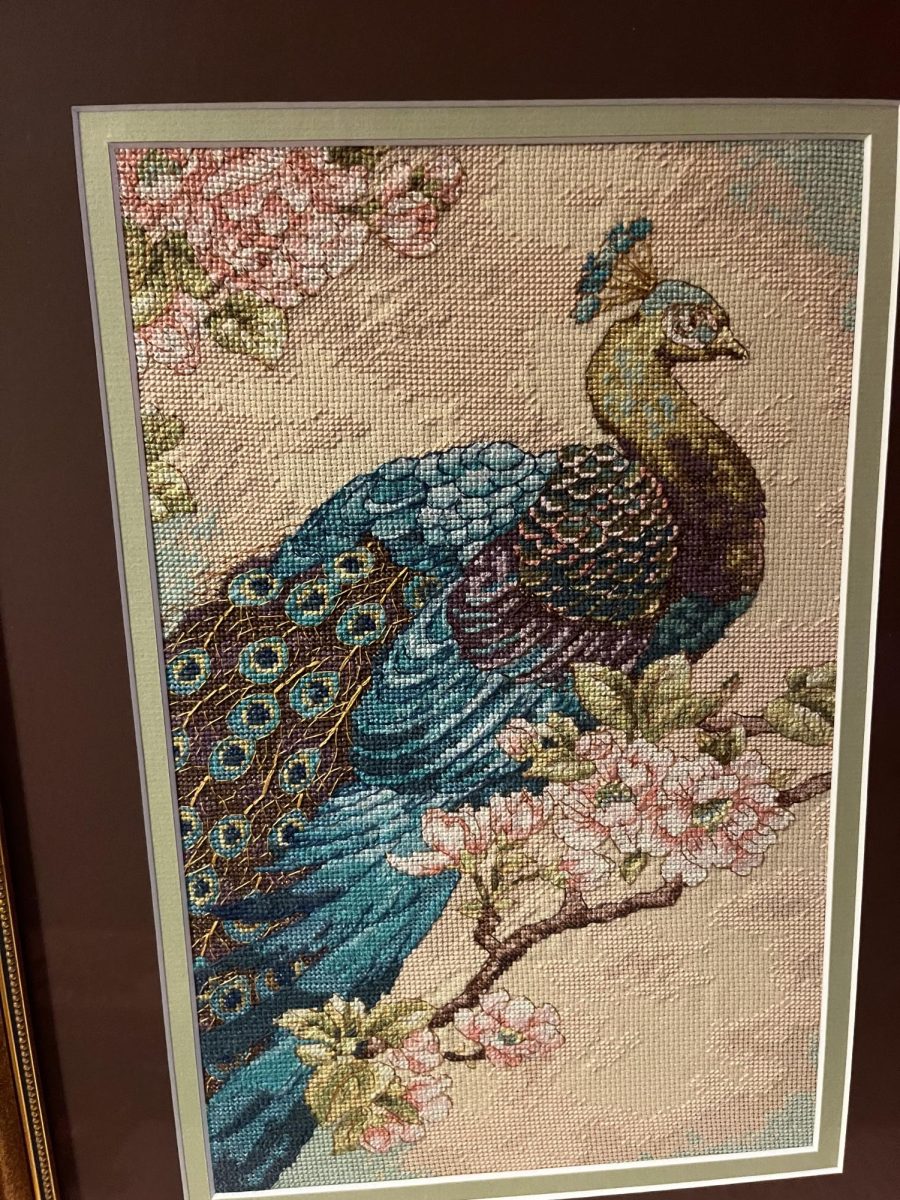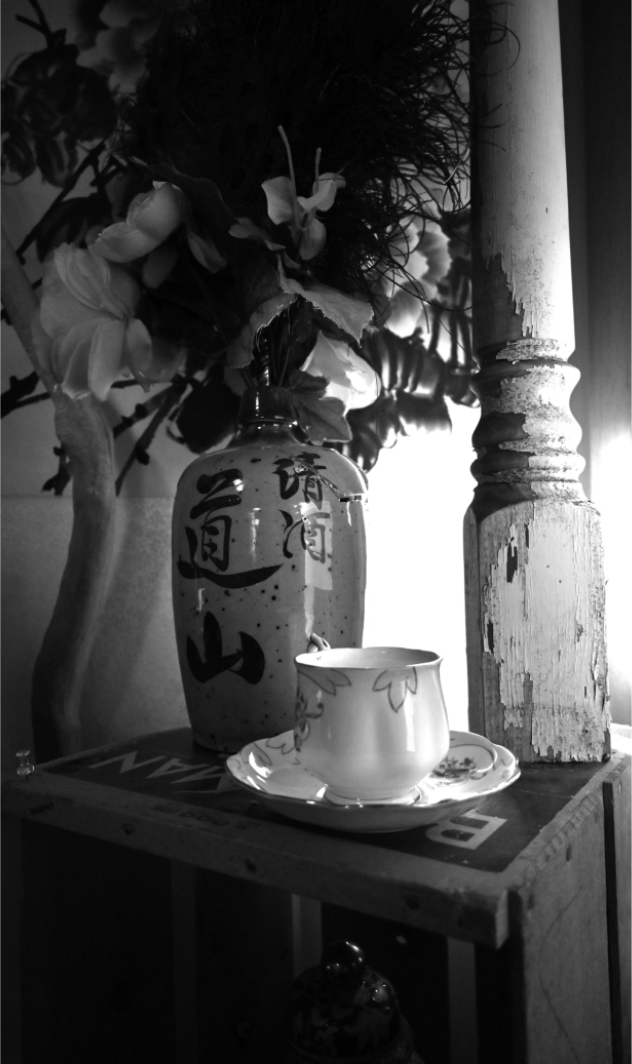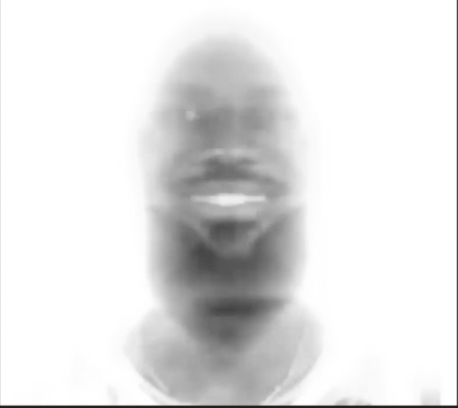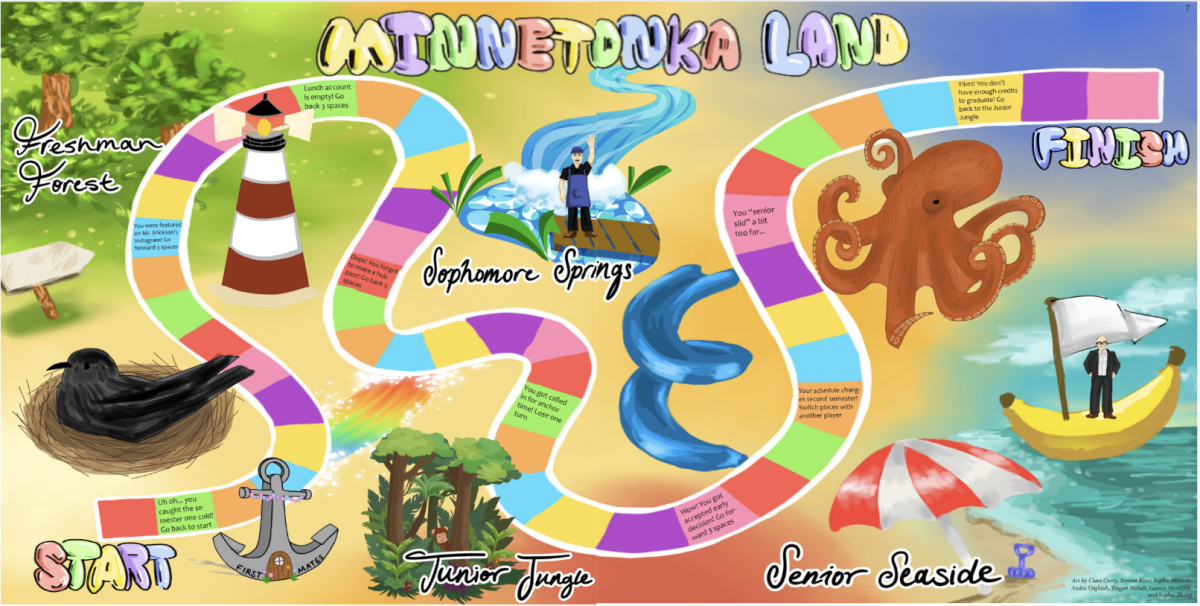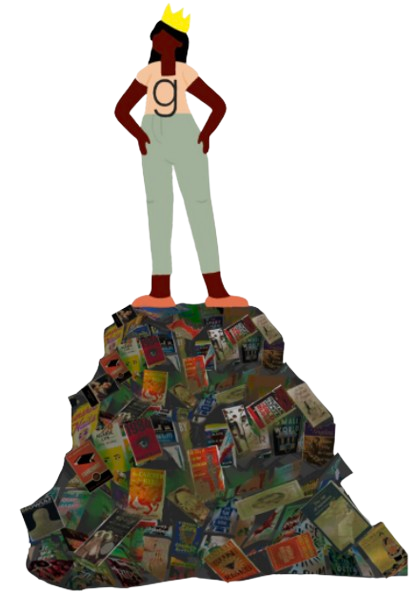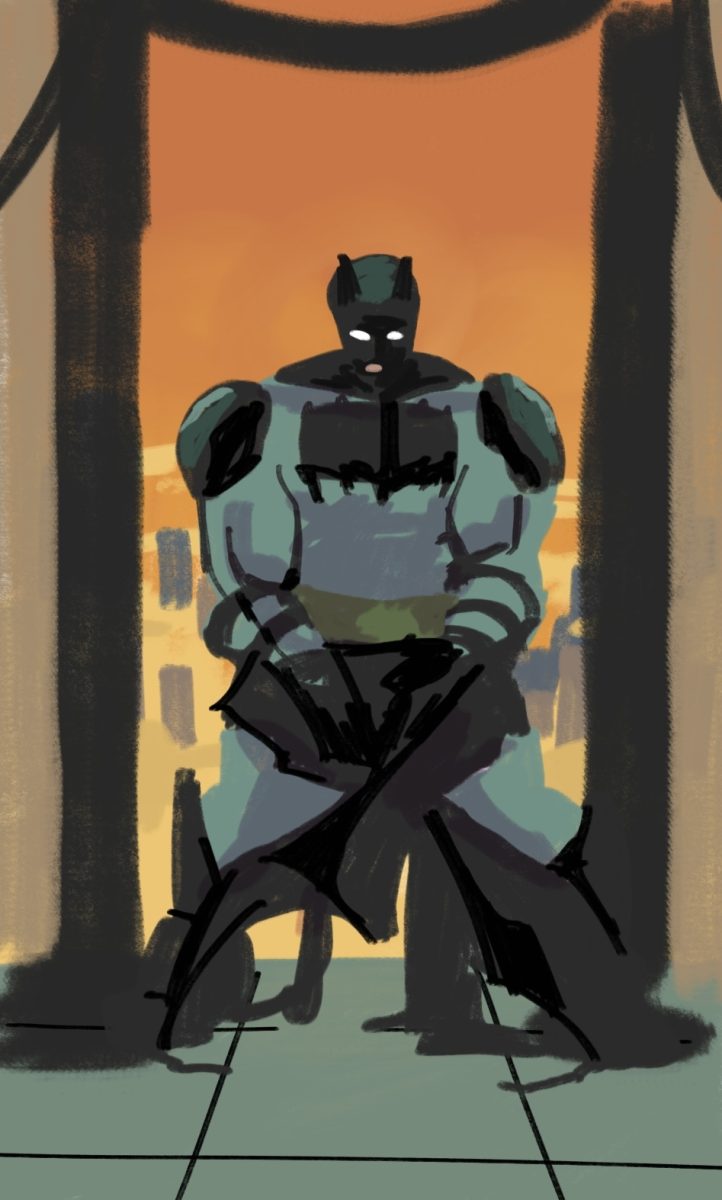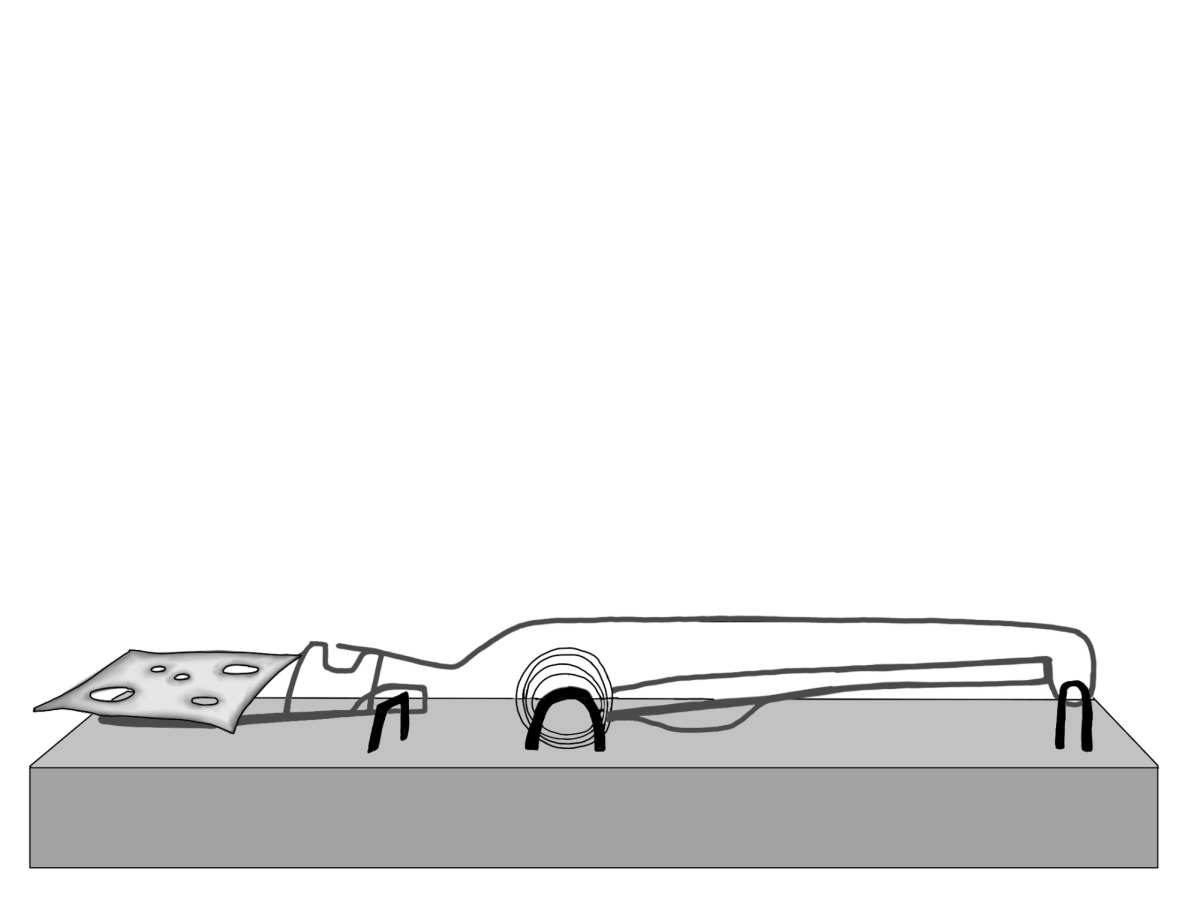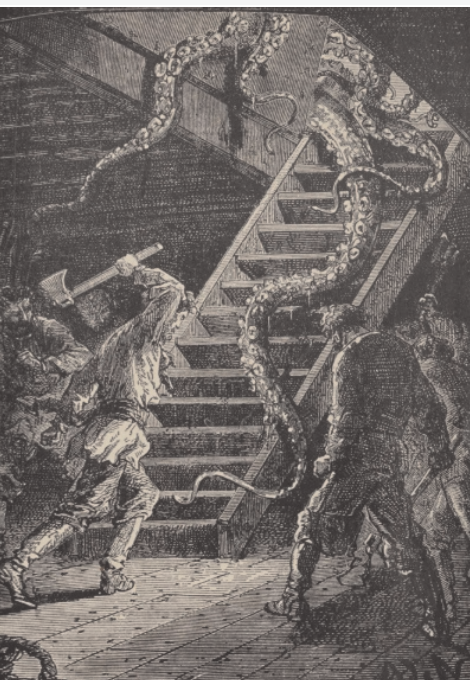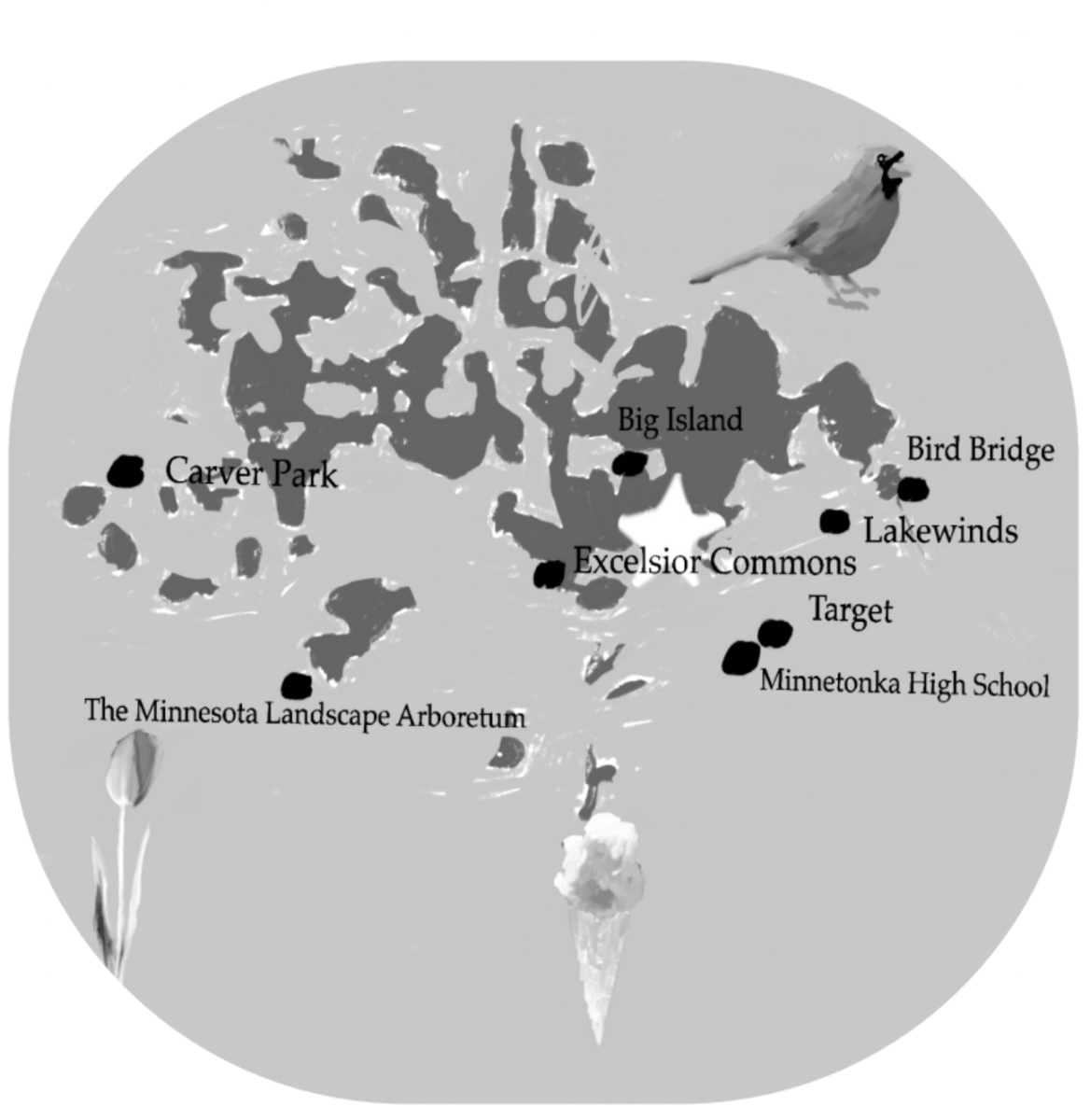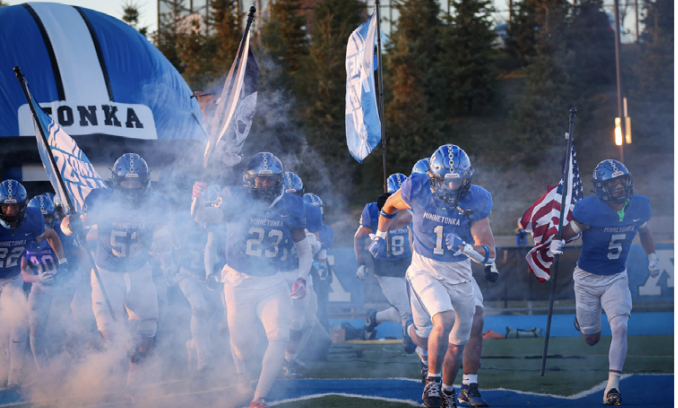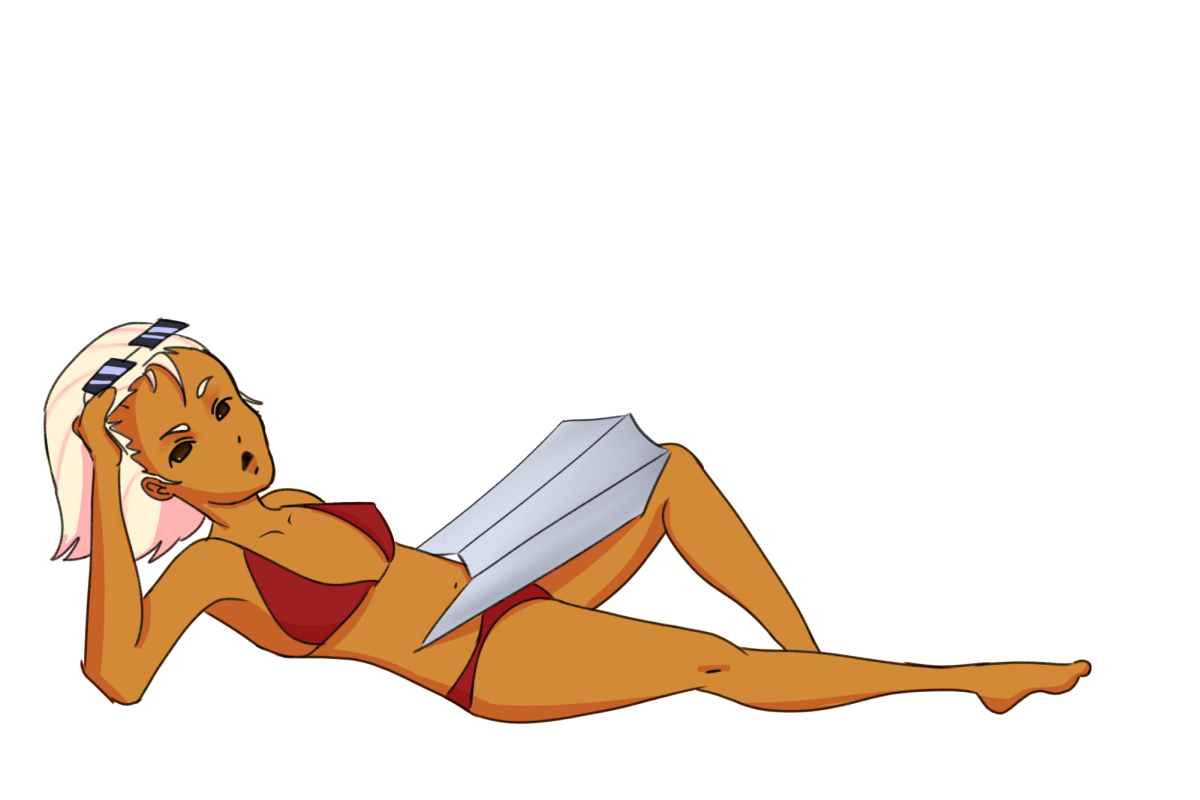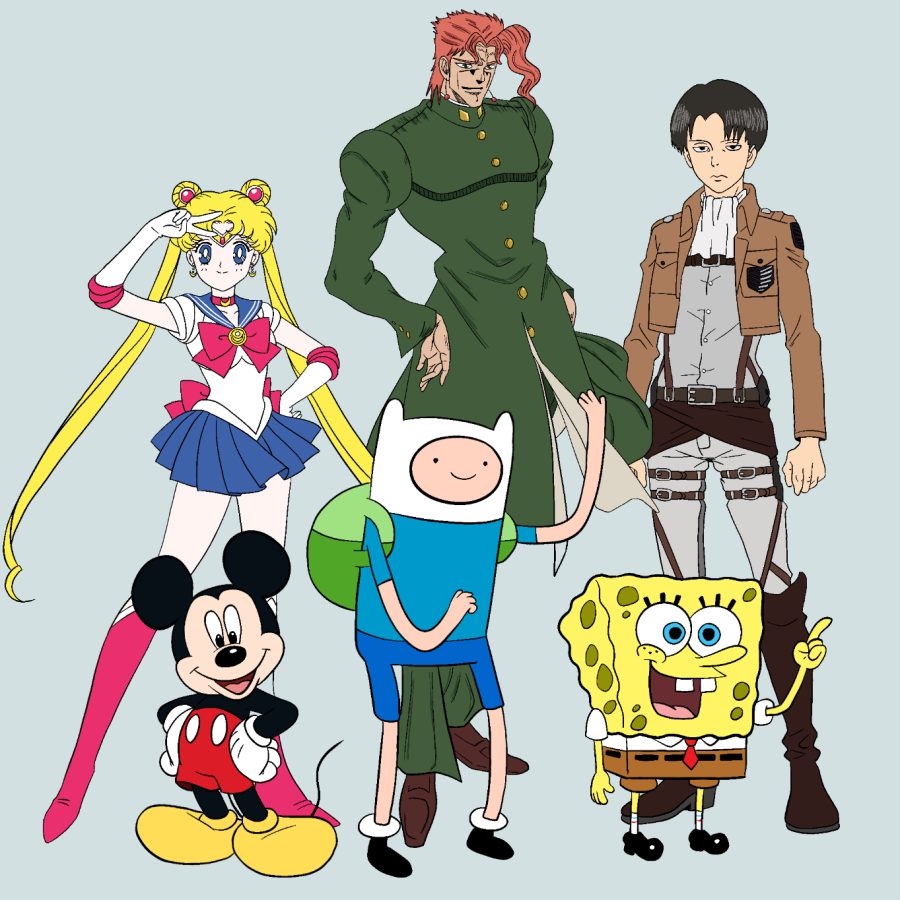The rise of animation in Japan and the United States
May 5, 2023
Animation is an art. Though many might qualify animated works as its own genre, many genres of filmmaking exist within this style, including horror, comedy, kids films and adult series. Many of us have grown up watching these animated series and movies, and we hold a special, nostalgic place in our hearts for this type of media. Many of us still enjoy rewatching the shows and movies of our childhood and watching new episodes and installments as they come out. But how has animation evolved in our culture and in other cultures?
Japanese animation, frequently called “anime,” and western animation from America have grown side by side and influenced each other a lot over their respective histories, and now both American and Japanese animation are enjoyed internationally today.
Both of these stories start in the early 1900s, in the years before the Second World War. In 1914, American and European cartoons (that is, to say, actual paper cartoons) were introduced to Japan for the first time. This development inspired Japanese creators like Junichi Kouchi and Seitaro Kitayama to create their own drawings in similar styles. These men would later be considered the “fathers of anime” and helped kickstart a new age of drawing and, in particular, animation in Japan.
While this revolution was taking place, back in America, Walter Elias Disney was establishing the first Walt Disney Studios in Hollywood, 1926. After a tumultuous start, struggling to find deals and work, Mickey Mouse was created in 1928 and starred in the first post-produced sound cartoon. The iconic whistle heard at the beginning of every Disney movie was a game changer for animation in America. With sound cartoons increasing in popularity, skyrocketing Mickey to national and even international recognition. Walt wanted more, however, and he and his team were the first to create a feature-length animated film in Snow White and the Seven Dwarves. The film was a hit, quickly becoming the most successful motion picture of 1938, and by May of 1939, its total profit of $6.5 million solidified it as the most successful sound film yet.
Back in Japan, World War II was raging. The 1930s saw an uptick in animation, with small studios struggling to compete with films from overseas, such as Disney content. Because celluloid was too expensive, early Japanese animators used cutout animation instead of cel animation, and using this inferior form of animation caused many of their productions to look flat and without detail. However, innovators like Mitsuyo Seo attempted to bring new techniques like cel animation and a multiplane camera into Japanese animation. Unfortunately, these innovations didn’t hold up commercially, and so many animators turned to government-backed war propaganda films to find work. In 1943, Mitsuyo Seo directed and Geijutsu Eigasha produced and released a propaganda film for the war endorsed by the Japanese Imperial Navy. At 37 minutes long, Momotarō no Umiwashi (Momotarō’s Sea Eagles) was meant to promote the war effort and showed the Japanese military in a commendable light. A sequel was soon ordered by the Japanese Naval Ministry and again directed by Mitsuyo Seo. Released in 1945 and running at 74 minutes long, Momotarō Umi no Shinpei (Momotarō: Sacred Sailors) was coined as Japan’s first feature-length film.
Post-war, Disney was a powerhouse in western animation, releasing classics like Cinderella, Alice in Wonderland, and Peter Pan in 1950, 1951 and 1953 respectively. Also, in the early 1950s, Hiroshi Takahata bought and remodeled Japan Animated Films, turning it into Tōei Dōga, or Toei Animation, with the ambition to become the “Disney of the East.” Toei Animation grew in size and popularity, pioneering a number of breakthroughs in Japanese animation. They created the first color animated feature film in Japan and emphasized individual style of artists and animators, which later led to a movement towards “progressive anime,” a movement that would inspire the creation of some highly regarded films. They also pioneered the technique of the “money shot” or sakuga, the act of emphasizing a shot by putting heavy effort into its animation compared to the rest of the film. Around this time, the first anime began airing in the US, beginning a new chapter of the relationship between anime and western animation.
This catalyst for this budding relationship between American and Japanese animation was the rise of television. As more and more Americans began to own a television in their home, audience interest shifted away from the theaters and feature films and more towards convenient television entertainment. A studio made by William Hanna and Joseph Barbera began to emerge, known as Hanna-Barbera Productions. These two men initially met in the animation business and kickstarted their career as entrepreneurs when they created the titular cartoon Tom and Jerry and were nominated and won several awards in animation for it. After Disney’s Sleeping Beauty bombed in its original theatrical release in 1959, many of the animators from Disney moved to Hanna-Barbera, and the studio subsequently began airing The Flintstones prime time in 1960. The studio found major success in producing animated sitcoms, and dominated TV animation in the 60s. In 1969, Hanna-Barbera Productions created Scooby-Doo, Where Are You! for CBS Saturday mornings, which became a massive success. It spawned several spin-offs, a relatively new concept in TV, especially animation. Hanna-Barbera continued to be a powerhouse in animation going into the 70s, producing nearly two-thirds of Saturday morning cartoons in a single year. Back in Japan, Tetsuwan Atomu, better known as Astro Boy in English, became a surprise hit in TV animation, and sparked fierce competition in Japanese TV. Premiering in 1963, it had a major influence on anime in the 60s, causing many series to focus on similar themes like robots and space. Astro Boy is notable as the first anime to gain traction in the west, becoming relatively popular and gaining a following in the states. This caused American companies to take an interest in Japanese animation, acquiring several properties to be shown in the US. Properties like Star Blazers and Robotech began gathering a small following in the US, though their cultural impact would remain minimal.
Beginning in the 80s, anime began reviving a visual renewal, with new directors like Hayao Miyazaki and Isao Takahata, who founded Studio Ghibli in 1985, influencing the landscape of anime. As anime matured, it began to be able to approach more complex topics, but the full extent of that aspect wouldn’t be explored until later. With the release of Star Wars in the US, the science fiction era was on full-swing for anime. Recognizable names like Mobile Suit Gundam emerged from this era, and with them, a new culture surrounding anime developed. Calling themselves “otaku,” this subculture was a fanbase dedicated to specific series, often to the point of obsession. This subculture became a significant audience that had to be considered in the production of anime, and appealing to this audience could contribute to an anime’s success or failure. Coming from this era also was a new genre of anime. The success of Dragon Ball in 1986 pioneered the idea of the martial arts anime, which would become a staple in anime in the coming years.
At this point in time, anime was nothing more than a niche interest for odd animation fans in America, but that was about to change. In 1988, the feature film Akira was released in Japan, and in 1989 it was released internationally. Akira was praised as a masterpiece of animation and garnered a cult following in the US and is still regarded today as one of the most influential and iconic anime to ever exist. It influenced popular culture worldwide in comics, film, and television, and the “Akira bike slide” is one of the single most recognizable and often used references, all to pay homage to this film. Along with being credited as an inspiration for films like The Matrix, Akira also broke the mold, proving that animation can be enjoyed by adults, and was not just a medium for children. Akira is largely responsible for the second wave of western interest in Japanese animation in the 90s.
Moving into the 90s, Hanna-Barbara’s chokehold on western TV animation began to loosen as they were forced to compete with new studios like Nickelodeon, who had been growing in popularity with shows such as Rugrats. Much of Hanna-Barbera’s money making strategy after Scooby-Doo ended revolved around marketing toys within shows. Many 80s and 90s cartoons such as Teenage Mutant Ninja Turtles and The Transformers were made to capitalize off of toy lines sold alongside the shows. In Japanese animation, anime like Sailor Moon were picked up for English “dubbing” (the practice of putting English voice actors in place of the original Japanese voices) and shown in the US. Sailor Moon was aimed at children, particularly girls, and is credited for revitalizing the “magical girl” genre of anime. Here in America it is associated with the “girl power” movement in cartoons, and combines traditional femininity with action and independence that was traditionally reserved for masculine heroes. Diverting from appealing to children, Hanna-Barbara also created shows like The Powerpuff Girls and Johnny Bravo instead injected adult humor into the series, keeping parents with kids engaged as well. Thanks to Akira in particular, adult animation was no longer a strange concept, and The Simpsons emerged in this era, a cartoon targeted almost entirely at adults. It was the first animated show to air prime time since The Flintstones, and today is the single longest running prime time series in American history. Many shows have tried to replicate this success, including shows still in air today such as American Dad and Family Guy.
Hideaki Anno’s anime series Neon Genesis Evangelion, 1995, marked a major shift in the perception of anime, influencing a lot of anime going forward. It dealt with complex themes while also maintaining an engaging plot and appealing to both the existing otaku audiences and garnering press and media attention, introducing anime to new audiences. It is the namesake of the so-called “Evangelion-era” of anime that followed its release, influencing many shows such as Cowboy Bebop, and single-handedly kickstarting a revival in robot/mecha anime. Thanks to big names like Evangelion, the 90s in America saw a growing audience for anime in general, as shows like the aforementioned Sailor Moon and Dragon Ball found success in television, and introduced the world at large to the “magical girl” and “martial arts” genre of series.
As we move into the 21st century, Hanna-Barbera has been thoroughly unseated as the monarch of TV animation, with studios like Nickelodeon and Cartoon Network taking the limelight. During this time, Cartoon Network created recognizable titles such as The Grim Adventures of Billy & Mandy, Codename: Kids Next Door, and Ben 10, while Nickelodeon created beloved childhood favorites such as SpongeBob SquarePants and Avatar: The Last Airbender. Anime was still climbing the ladder in American television, with the audience and demand for anime still relatively small. The 2000s in anime can be characterized by many experimental anime inspired by Evangelion, as well as an increase in slice of life and romance genres, with shows like Toradora! and Lucky Star among others. These, and indeed many anime from the 2000s, were originally light novels and manga and then subsequently adapted into anime. Many such titles, like Fullmetal Alchemist, Death Note, and Naruto achieved large fan bases in both the US and Japan, with the latter being a prime example of the martial artist genre of anime pioneered by Dragon Ball and its subsequent series. In fact, many such anime existed during this time period as well, with Fist of the North Star receiving a revival and well-known anime JoJo’s Bizarre Adventure receiving an adaptation. Anime films were not a thing of the past either, as in 2002, Studio Ghibli released Spirited Away, which won the Academy Award for Best Animated Feature. It was the first non-American film to win the award and remains a classic even among people who don’t avidly watch anime.
Cartoon Network and Nickelodeon continued making shows through the 2010s, and indeed now, and Studio Ghibli and Tōei animation continue to be notable names in Japanese animation today. Many MHS students have fond memories of tuning in to Adventure Time or Steven Universe growing up, and many continue watching cartoons today. With anime’s continued presence in our culture today, many of us at this school also enjoy tuning in to Attack on Titan, One Punch Man, or Haikyuu when we have a little down time.
A few MHS students shared their favorite animations. Lara Aksan, ‘26, discovered Haikyuu in 7th grade.
“It was the first anime I ever got into,” said Aksan. “It’s a show about volleyball, and I am a volleyball player myself.”
Daniel Gilson, ‘25, enjoyed watching The Amazing World of Gumball. “It was a perfect head-start to my kind of humor,” Gilson shared. “My whole family loved the show, even my older grandparents who didn’t understand many other cartoons. I always remember all the Gumball episodes and how my grandma would record all the episodes so she could watch them with me when I visited.”
“[Blues Clues] is so fun and interactive… it is a perfect show for kids,” said Emily Burns, ‘25. “Steve and Blue [felt] like family, and I loved singing the letter song and the outro song.”
The sweet nostalgia that comes from a childhood watching cartoons, and the excitement that comes from tuning in to your favorite cartoons and anime or today, brings joy to so many around this school, this country, and internationally. The intertwined histories of animation sheds light on how this form of art has developed over its long and storied past and brings a little bit of insight into how the cartoons and anime we love so much came to be.

